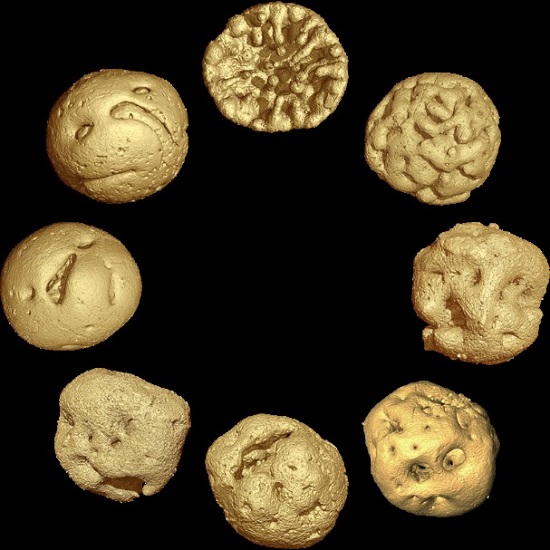Animals evolved from single-celled ancestors, before diversifying into 30 or 40 distinct phyla. When and how animal ancestors made the transition from single-celled microbes to complex multicellular organisms has been the focus of intense debate for a long time. Until recently, this question could only be addressed by studying living animals and their relatives, but now an international research team led by Prof. YIN Zongjun from NIGPAS and Prof. Philip CJ Donoghue from University of Bristol has found evidence that a key step in this major evolutionary transition happened long before complex animals appear in the fossil record. The team investigated the fossils named Caveasphaera in 609 million-year old rocks in Guizhou Province of South China, using X-ray microtomography. The results show that Caveasphaera develops within an envelope by cell division, ingression, detachment, and polar aggregation in a manner analogous to gastrulation of animal embryos. Together with evidence of functional cell adhesion and development within an envelope, this is suggestive of a holozoan affinity. The discovery of gastrulation-like development occurring in an extinct Ediacaran holozoan suggests the evolutionary origin of animal-like embryology.
Reference: YIN Zongjun*, K Vargas, J Cunningham, S Bengtson, ZHU Maoyan, F Marone, PCJ Donoghue*. 2019. The early Ediacaran Caveasphaera foreshadows the evolutionary origin of animal-like embryology. Current Biology, 29: 4307-4314. DOI: 10.1016/j.cub.2019.10.057.

Proposed life cycle of Caveasphaera
Download:
